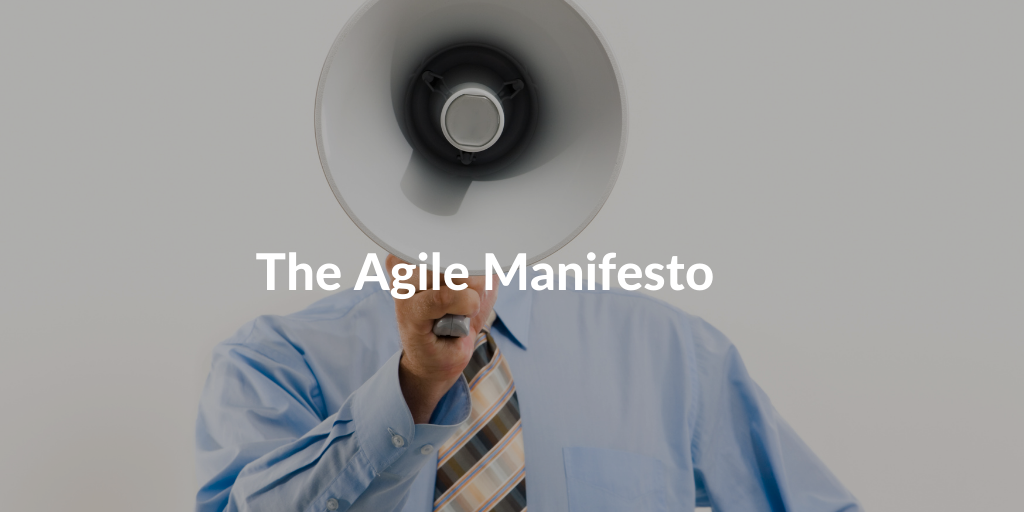Categories
Tags
Newsletter
Subscribe to the QRP International neswletter and get all the news on trends, useful contents and invitations to our upcoming events
Subscribe
The Agile Manifesto was written in February 2001 by software practitioners who found consensus around 4 values and 12 Agile principles. The Agile Manifesto is the core of the Agile Movement. The intention of Agile is to align development with business needs.
The Agile Manifesto, its 4 values and 12 Agile Principles, were the consequences of industry frustration in the 1990s. The frustration of that time was mainly about the time lag between business requirements and the delivery of technology. Business and customer requisites changed during this lag time with the result that the final product did not meet the then current needs. The Agile Manifesto writes:
“We are uncovering better ways of developing software by doing it and helping others do it. Through this work we have come to value:
That is, while there is value in the items on the right, we value the items on the left more.”
The 12 Agile Principles included in the Agile Manifesto describe a culture in which change is welcome, and the customer is the focus of the work.
According to the 2017 VersionOne’s State of Agile Report, 94% of organisations practice Agile in some form.
The word “Agile” refers to a group of different methodologies and frameworks based on iterative development, incremental delivery, continual planning, continual learning and self-organizing cross-functional teams.
This group of different Agile methodologies and frameworks have in common the 12 core Agile principles as outlined in the Agile Manifesto. The main benefit for organisations adopting an Agile methodology is the ability to “adapt to change”.
Some Agile methodologies are clearly focusing on delivery and software development, some others are more project-centric and can be used as typical Project Management methods.
Agile is what is called “an umbrella term” for several iterative and incremental (software) development methodologies. What is important about agile frameworks is that they all focus on empowering people to collaborate and make decisions together. Quickly and effectively.
Some well known Agile Frameworks are; Scrum, KanBan, SaFe, Design thinking, Extreme Programming. Curious to learn more about different Agile Frameworks? Here you can find a nice overview and more information.